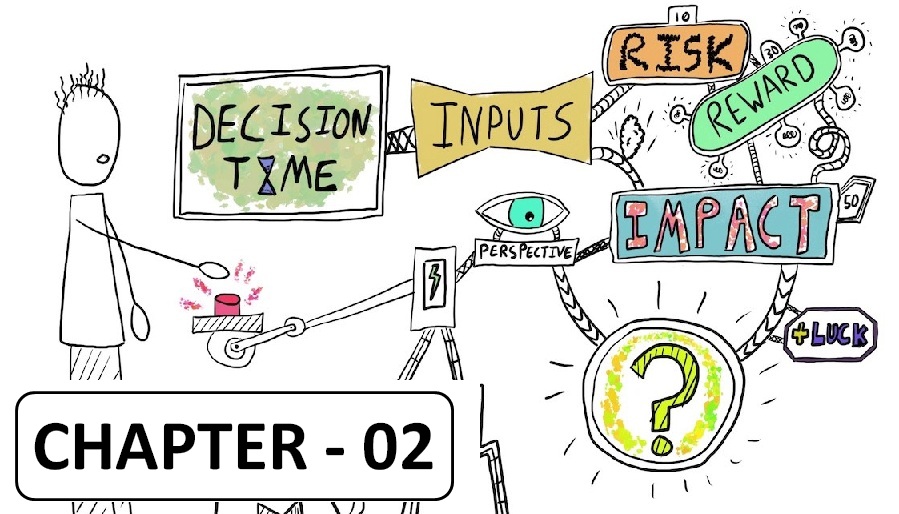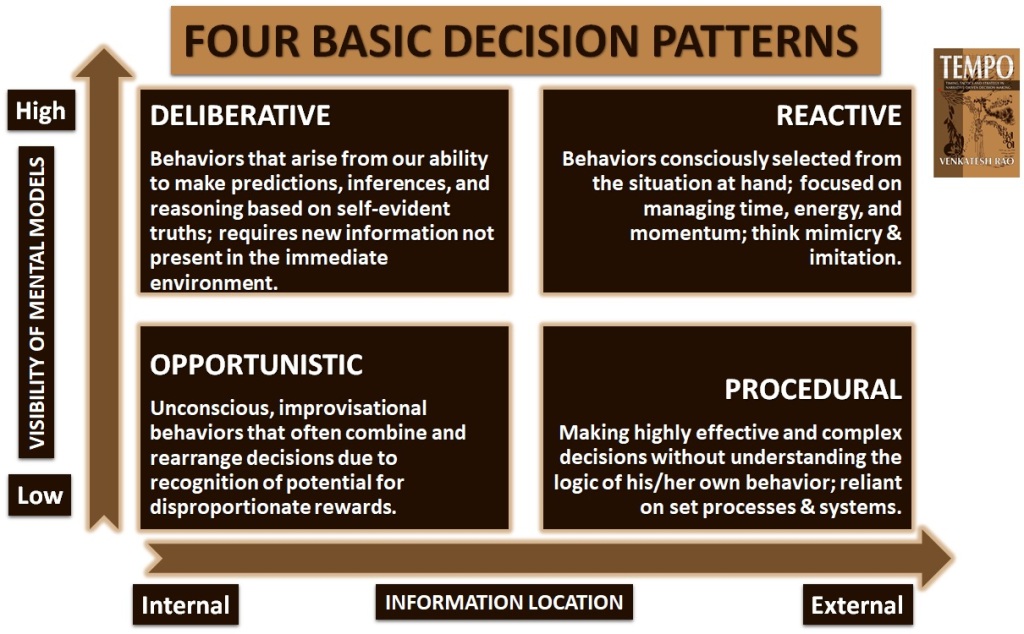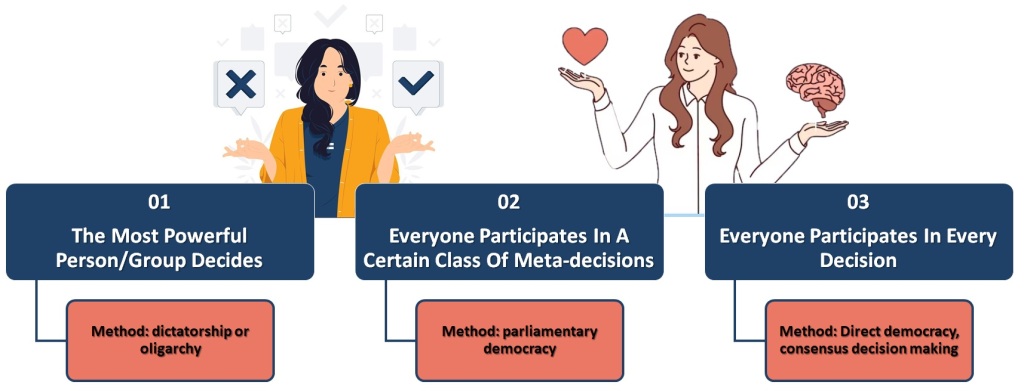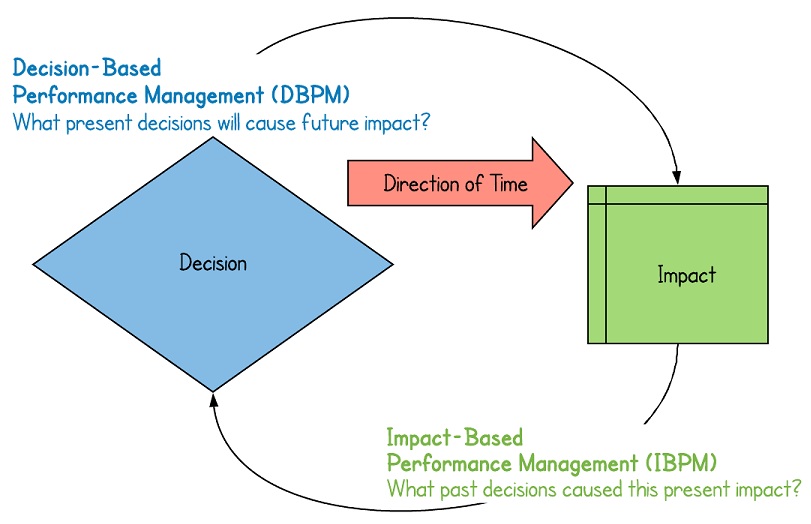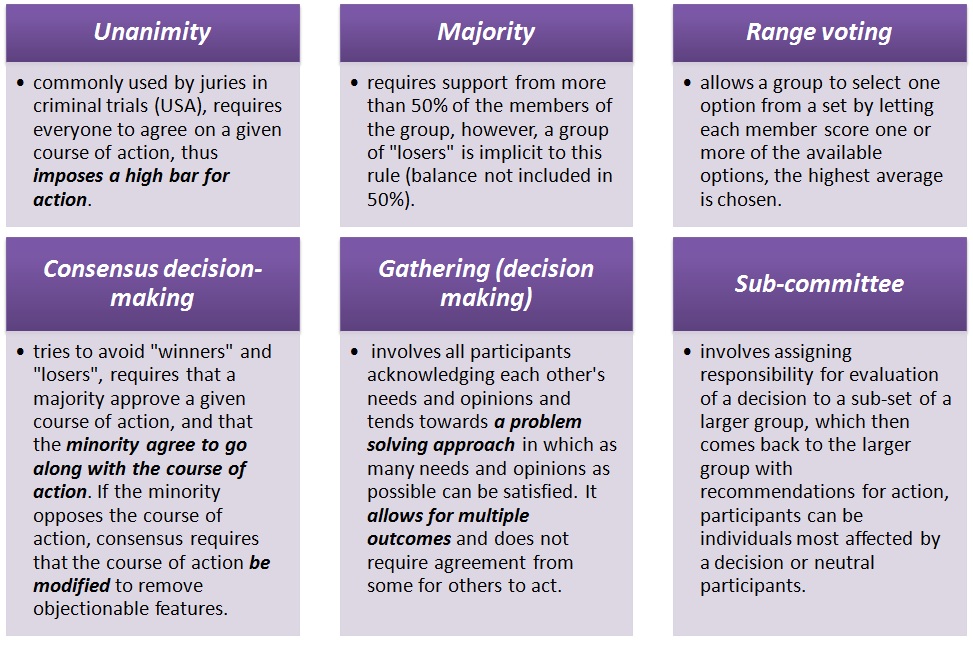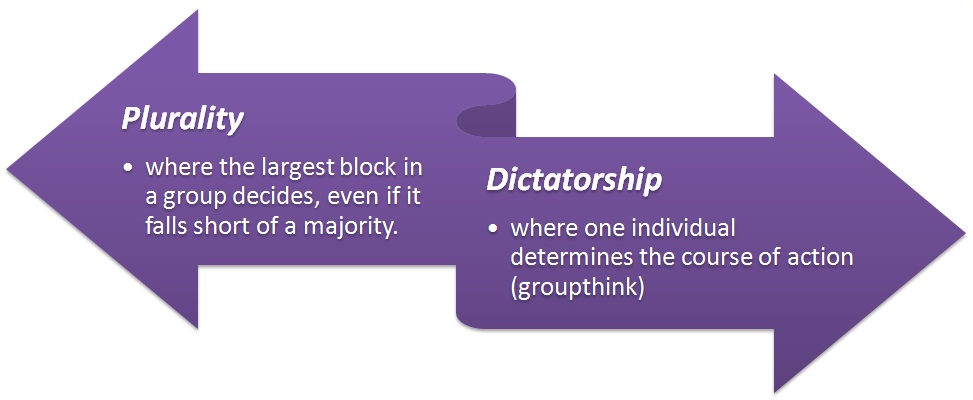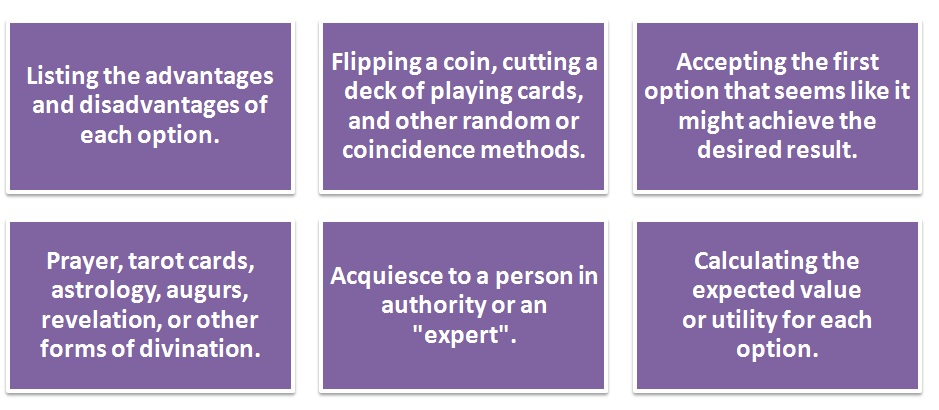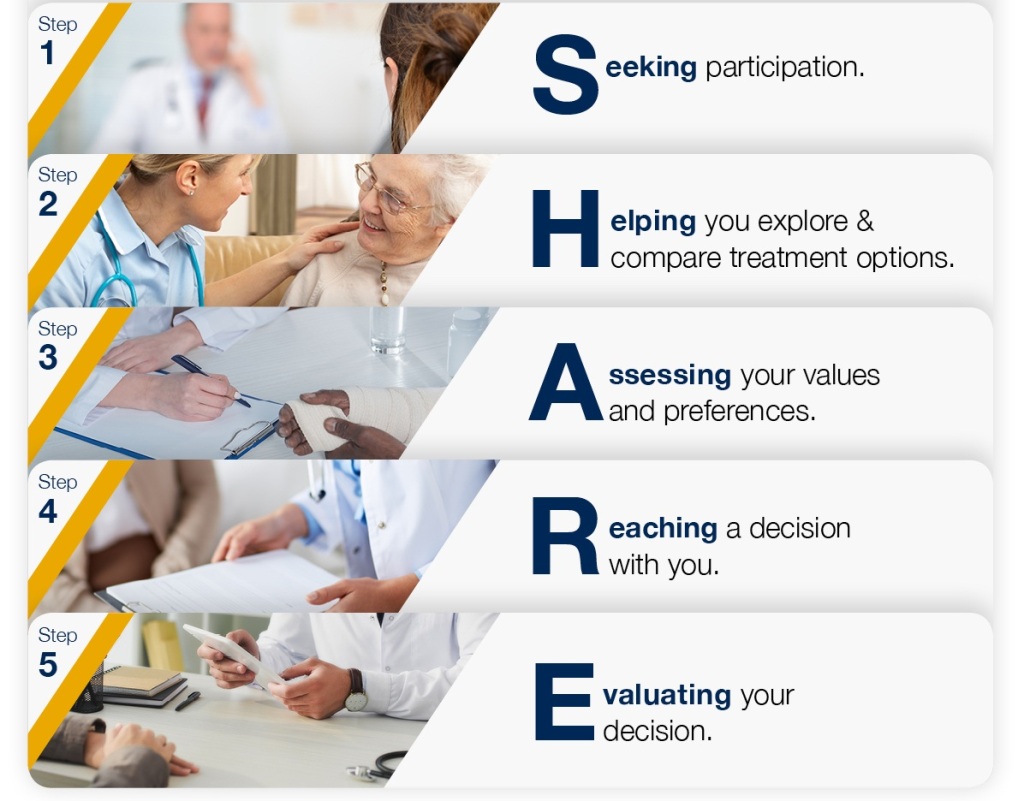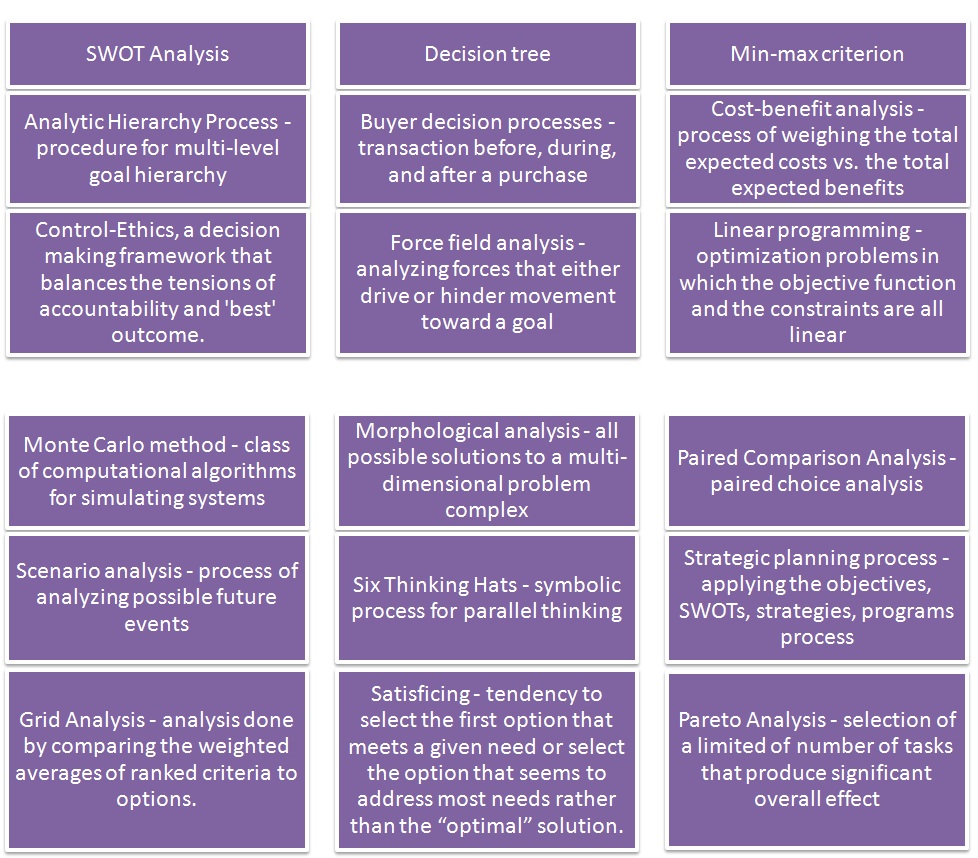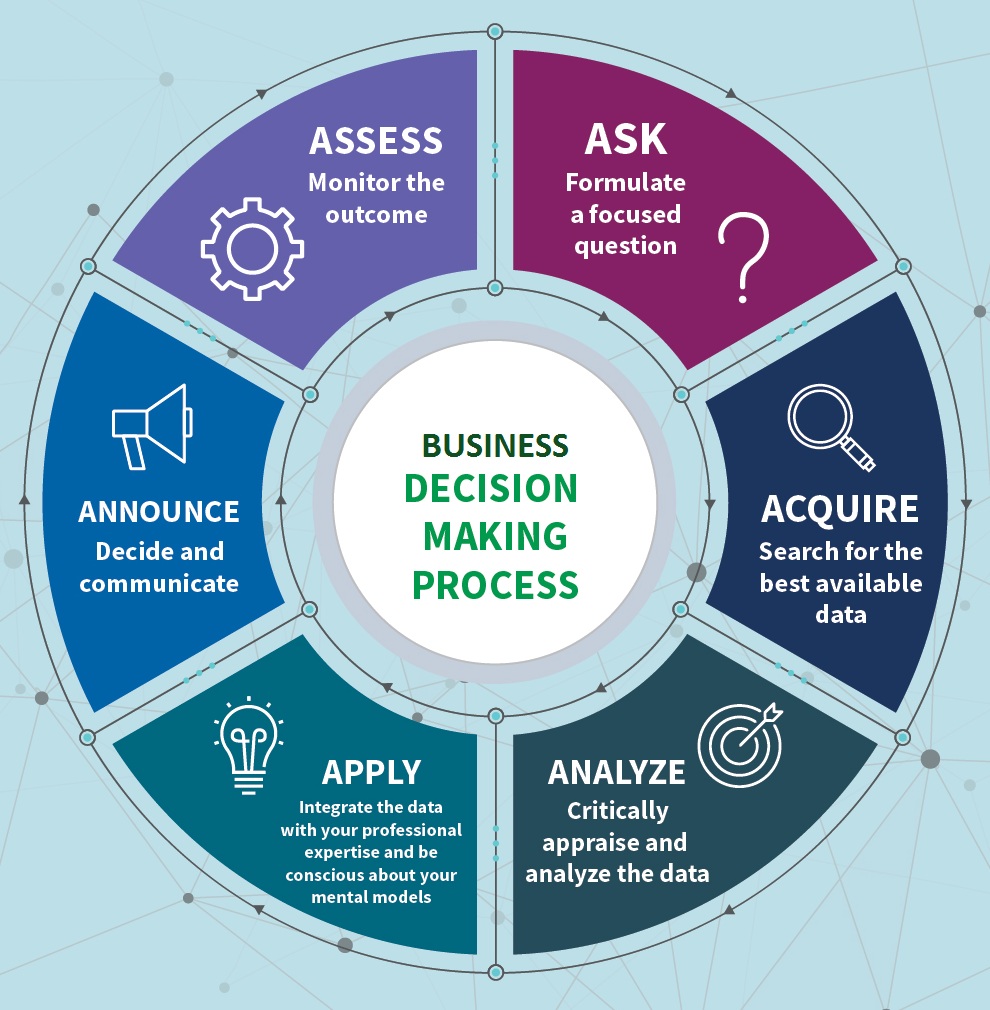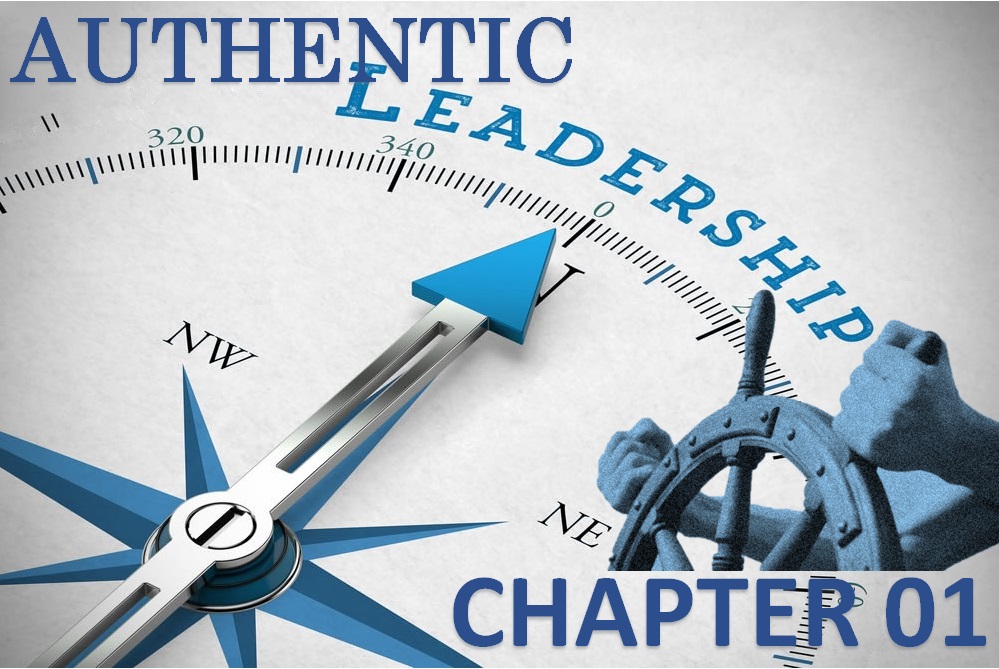
Authenticity has been explored throughout history, from Greek philosophers to the work of Shakespeare (“To thy own self be true.” –Polonius, Hamlet). Authentic leadership has been explored sporadically as part of modern management science, but found its highest levels of acceptance since Bill George’s 2003 book, Authentic Leadership.
Authentic leaders put legitimacy, ethics and positive psychological capacities first. Authentic leadership emphasizes how a leader can gain legitimacy and build trust through developing honest relationship with followers. Authentic leadership is defined in the following way:

This approach to leadership focuses on the ethical dimensions of the relationship between follower and leader and describes those behaviours that result in a trusting relationship. Authentic leaders have a positive outlook on life and are truthful and open in their interactions with others. They build trust with their subordinates and generate enthusiasm for project which enables effective individual and team performance.
Many researchers and practitioners have advocated for organizations to embrace the concept of authentic leadership because it can lead to stronger relationships and a commitment to the vision of the organization. The authentic leadership approach advocates for ethical standards rather than a focus on profit.
Components of Authentic leadership
The research on authentic leadership suggests that there are four major components, which are:-
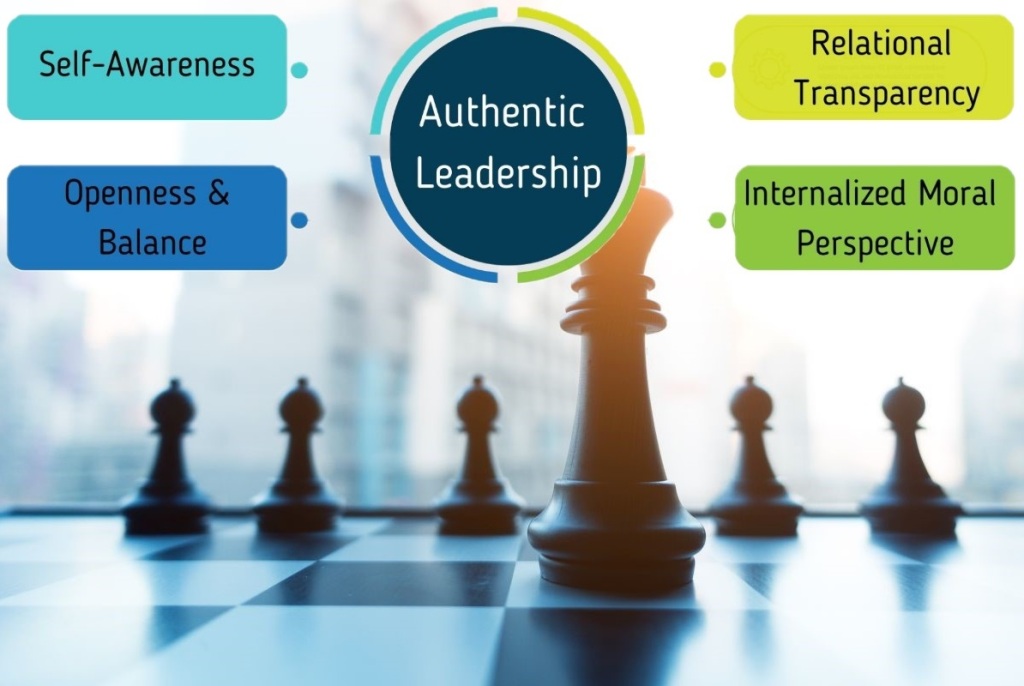
An authentic leader shows self-awareness through reflecting on their own strengths, weakness and values. An authentic leader truly knows themselves and values their gifts and recognizes their limitations. When authentic leaders demonstrate relational transparency, they openly share their own thoughts and beliefs yet do not overly display their emotions to followers; they maintain a good balance.
Moreover, authentic leaders are balanced in their approach because they solicit opinions from subordinates and welcome opposing viewpoints and consider the value of these viewpoints in a fair manner. Authentic leaders also display a strong moral code that they demonstrate in their relationships and decision-making; this ethical foundation resistant to external forces.
- Authentic leaders are characterized by a high level of self-awareness…->
Faking ethical constraints is a sign of inauthenticity and authentic leaders need to be both truthful and ethical. Moreover, it is difficult to be self-aware, transparent, and balanced in processing information without the moral maturity associated with a positive personal value system. Authentic leaders show self-awareness through ensuring that their internal values reflect their behaviours and this process of self-regulation enables authentic leaders to withstand external pressure and influence.
2. Authentic leaders admit mistakes and share their successes…->
It is important to distinguish relational transparency from impression management. Authentic leaders do not engage in impression management strategies yet persist in aligning their core values with their intentions and behaviours within the firm. When a leader displays relational transparency they share both their strengths and weaknesses with others. They display authenticity through admitting when they make mistakes and sharing their successes with their subordinates.
3. Authentic leadership is connected with sharing feelings and motives…->
In displaying relational transparency, authentic leaders share their feelings and motives. Authentic leaders are connected with their values and morals and share these values openly with others. When authentic leaders show relational transparency, they communicate openly and are real in their relationships with others.
Without sharing sensitive information, authentic leaders are open and honest in a genuine way and choose to share appropriate information. This aspect of authentic leadership demonstrates high self-awareness because authentic leaders understand what drives them to do well and allows them to build strong and authentic relationships with their followers.
4. Authentic leaders have an internalized moral perspective…->
This internalized moral perspective results in ethical decision-making and behaviour. Moreover, authentic leaders balance information before making a decision and they based these decisions on their core set of values.
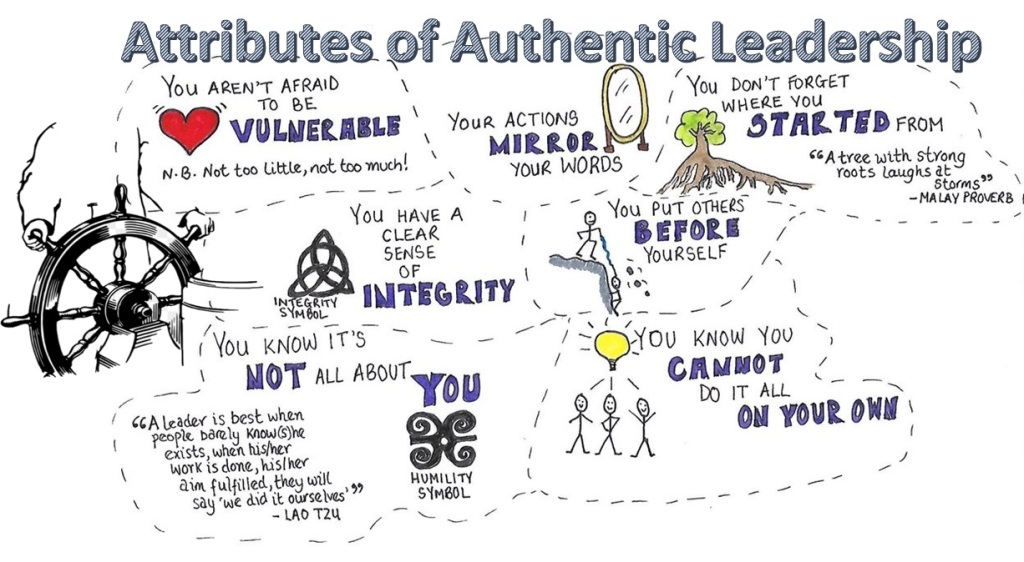
Authentic Leadership Programs
It also appears that organizations can implement authentic leadership programs to enable managers to become more authentic. The concept of authentic leadership is based on a mixture of individual differences and skills so is a multi-dimensional concept. These types of training and development programs can focus on allowing managers to become more self-aware so they are in tune with their values.
An Authentic Leadership Dossier describes the four key components of authentic leadership with a particular focus on development of self-awareness in order for managers to:

The dossier also suggests that organizations can develop authentic leadership interventions that allow managers to become more self-aware.
Significance of Authentic Leadership
This type of genuine leadership style promotes open communication within a team and has wide-reaching benefits within a department. Employee morale is increased when team members feel that their concerns can be voiced and addressed. And productivity is increased when team members work together under a strong leader. Authentic leadership also promotes a healthy company culture and in effect creates a positive brand voice in the marketplace.
Characteristics Of Authentic Leaders
In order to be a successful leader and encourage increased employee performance, an authentic leader must possess several characteristics, including:

Developing Authentic Leadership
An authentic leader must commit to ongoing development. The following are steps we can take to become a more authentic leader:
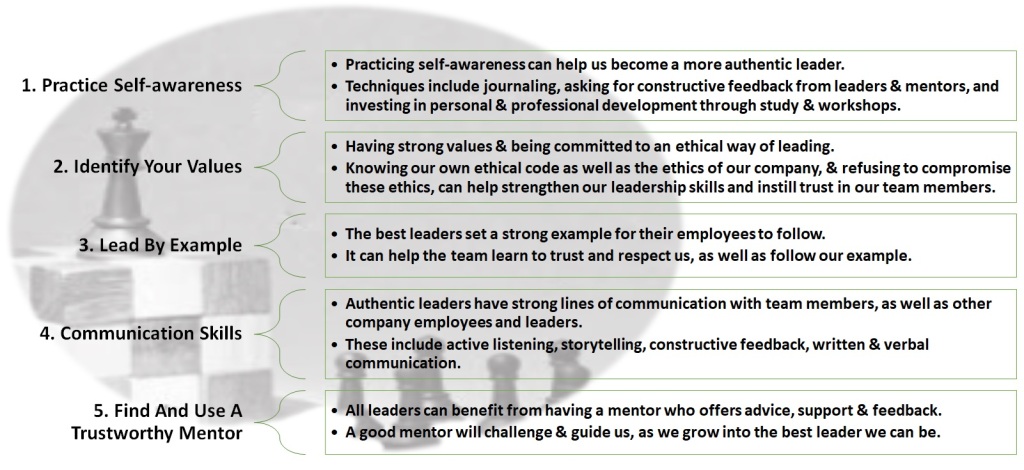
***To be continued in Chapter 02 (Transactional vs Authentic Leadership, Unearthing Our Authentic Leadership, Authentic Leadership and Emotional Intelligence)
Link to Chapter 02:

Content Curated By: Dr Shoury Kuttappa


